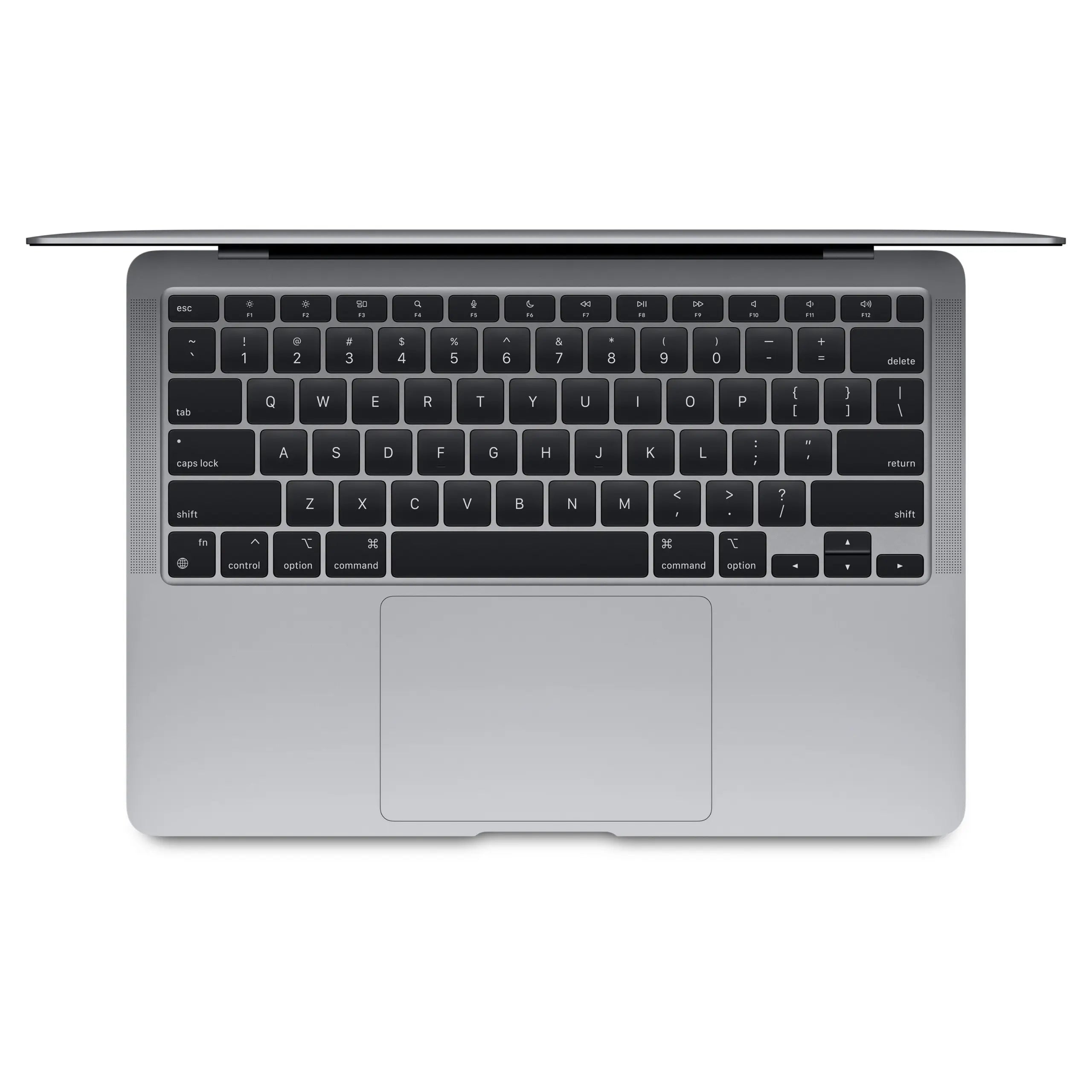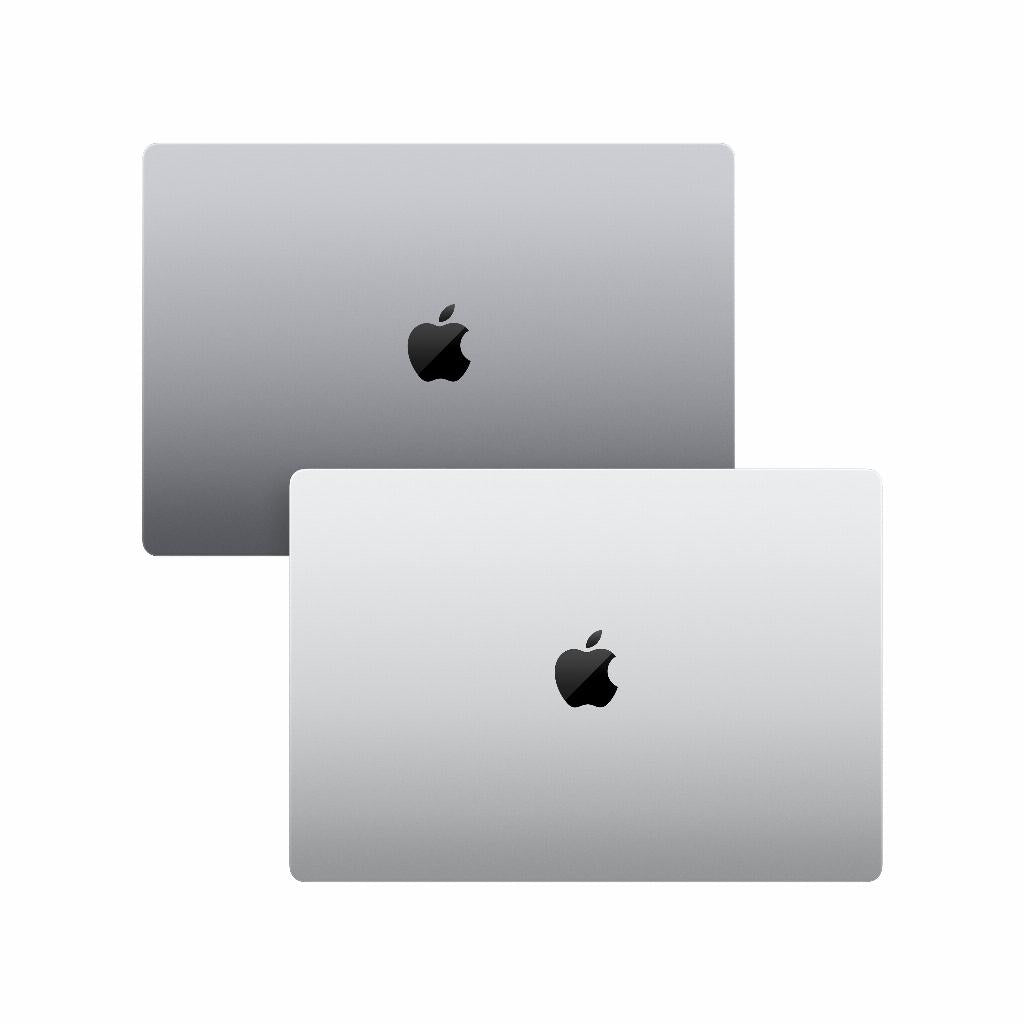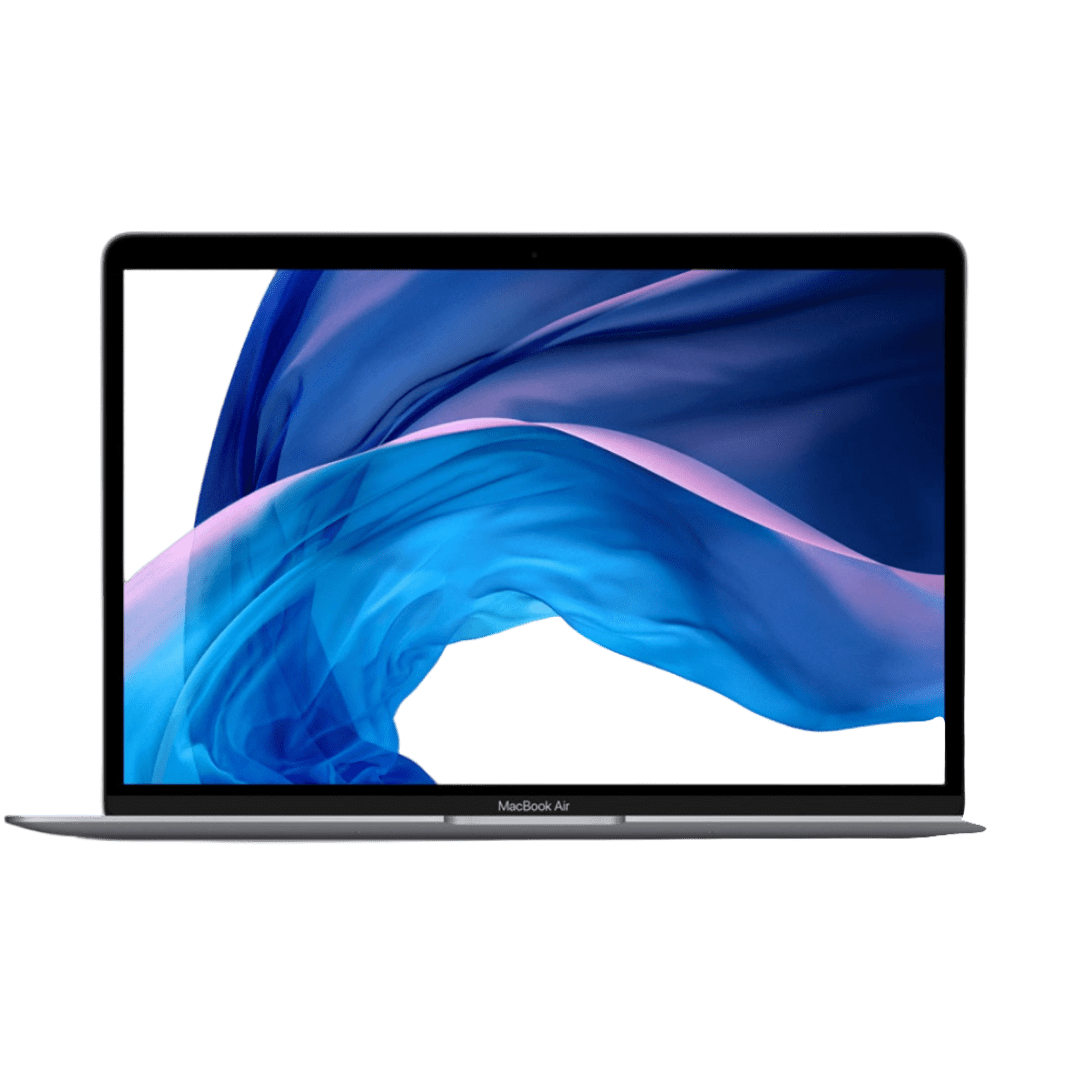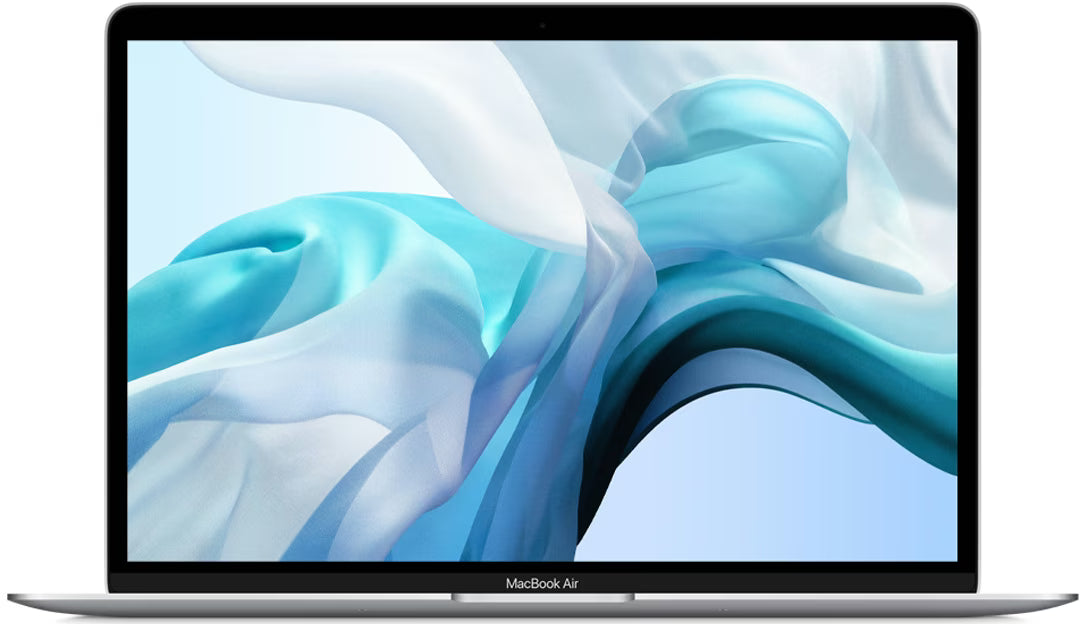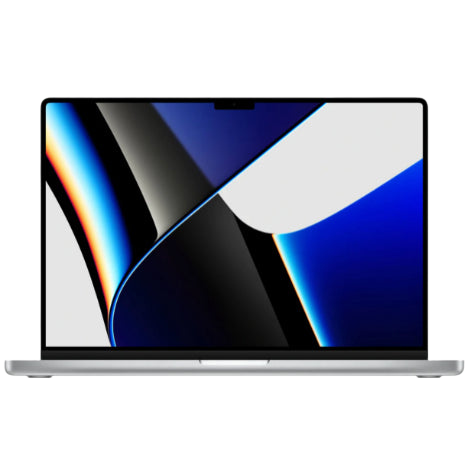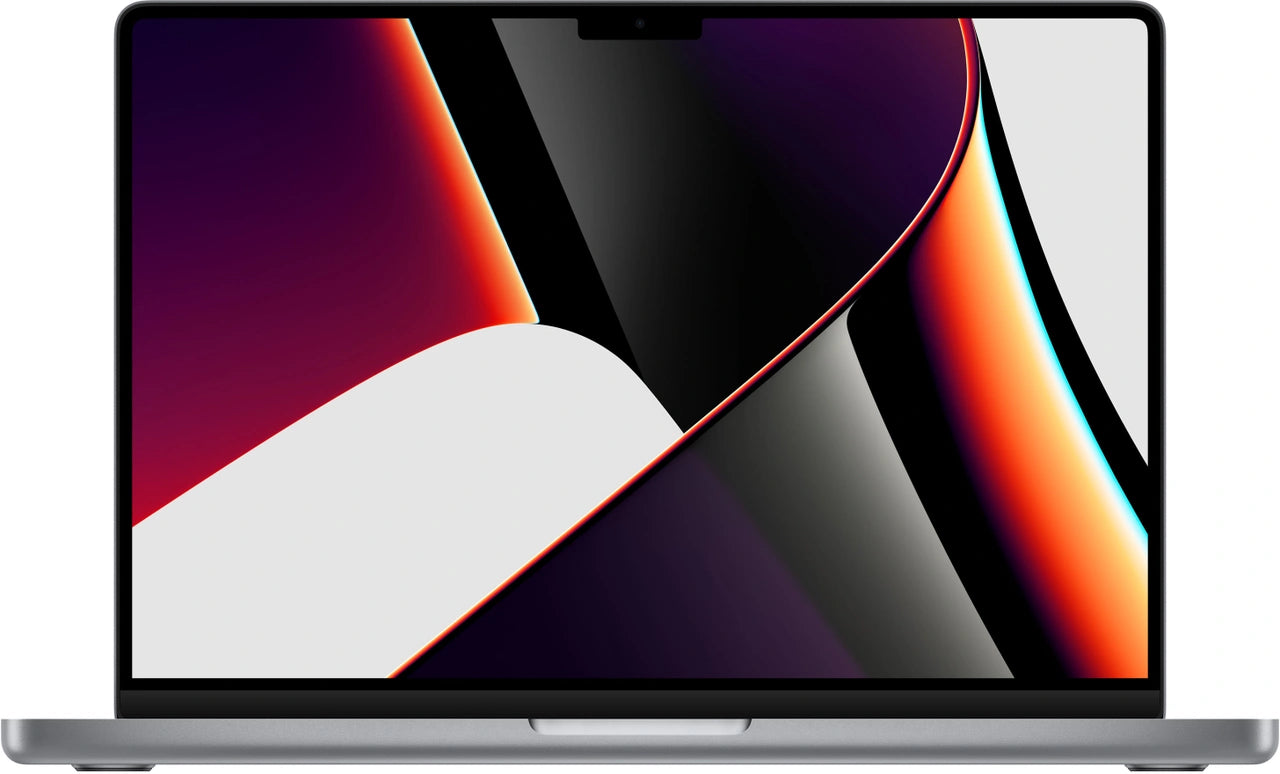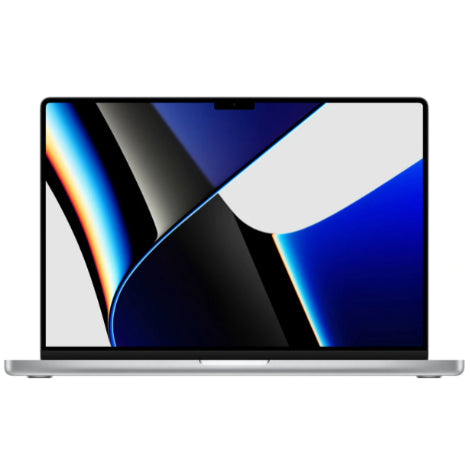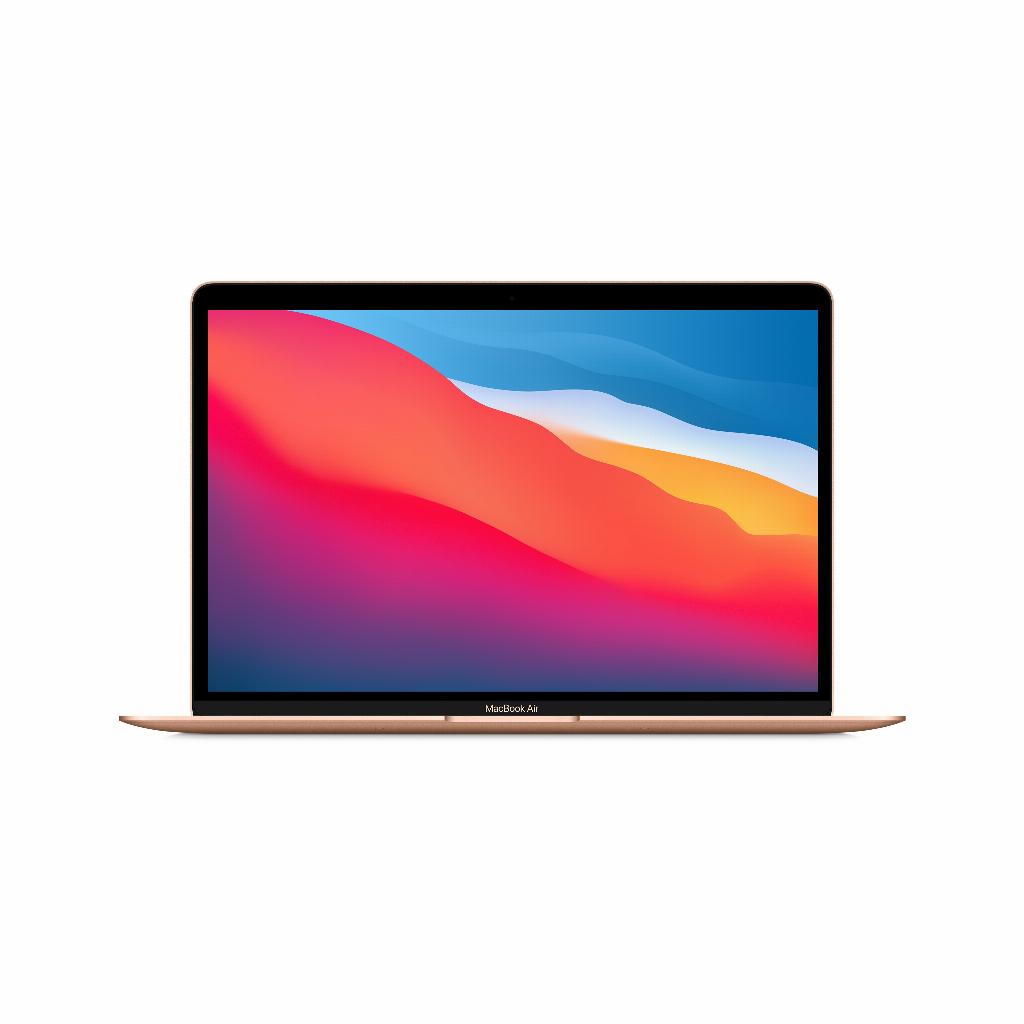Should you upgrade to the latest macOS or not?
New macOS version? Another update. Your Mac is asking for permission, but you're unsure. Should you upgrade or not? What if your important software stops working? And will that old MacBook run even slower?
But here's what no one tells you: most Mac users blindly install every update without knowing what they actually need. They miss opportunities. Because choosing the right macOS isn't about the latest and greatest. It's about what suits your workflow.
Whether you're simply pairing AirPods or running complex workflows with external accessories , each version has its own strengths. Some older versions even perform better for specific tasks. Time to unravel the evolution of macOS and discover which version truly suits your Mac needs.
Useful links
- Refurbished Macs with various macOS versions
- MacBook collection for every budget
- iPad as a second screen with Sidecar
Which macOS suits your work style?
Choosing a macOS version depends heavily on what you do with your Mac on a daily basis. A graphic designer has different priorities than a programmer or student. Let's go through the main user groups.
For creative professionals
Do you work with Adobe Creative Cloud, Final Cut Pro, or other demanding software? Then compatibility is crucial. macOS Monterey (12) offers a good balance between stability and modern features. This version still supports many professional applications that may not work on newer versions.
Ventura and Sonoma offer improved graphics performance, but first check if your essential plugins and extensions are compatible. Many creative professionals deliberately keep one or two versions of the software installed to avoid work interruptions.
For office workers and students
Do you primarily use Office apps, browsers, and communication tools? Then you can safely upgrade to macOS Sonoma (14) . The new widgets and improved video calling features make daily work more efficient. Focus mode helps you concentrate on important tasks.
Continuity features between Mac and iPhone work best on the latest versions. Think of Universal Control for seamlessly switching between devices, or copying text on your iPhone that appears instantly on your Mac.
Performance on older hardware
Not every Mac performs equally well with the latest software. A 2018 MacBook Air, for example, runs perfectly on Big Sur, but may slow down with Ventura or Sonoma. Here are some guidelines:
Macs from 2015-2018
For optimal performance, stick with macOS Monterey . This version offers modern features without overloading the system. You'll still receive security updates, and most apps will run smoothly.
Macs from 2019-2021
macOS Ventura is a safe bet. The system is optimized for this generation of hardware. The performance improvement over older versions is noticeable, especially with tasks like video editing and multitasking.
Macs with Apple Silicon (M1/M2)
These models are built for the latest versions. macOS Sonoma maximizes the hardware's performance. Energy efficiency and speed are optimized when using the latest version.
Specific features per version
Each macOS version offers unique capabilities. Some features are essential for certain workflows, while others are nice-to-haves but not essential.
Big Sur (11): the big renewal
This was the first version to support Apple Silicon. The new design with rounded corners and transparent elements is now standard. Control Center came to the Mac, similar to iOS.
Monterey (12): Productivity Central
Universal Control was the main attraction. Work with multiple Macs and iPads as if they were a single system. Live Text makes text in images selectable and copyable. AirPlay to Mac transforms your screen into a presentation display.
Ventura (13): focus and collaboration
Stage Manager automatically organizes windows. Continuity Camera uses your iPhone as a webcam with studio lighting effects. The Weather app finally came to the Mac.
Sonoma (14): entertainment and gaming
Interactive widgets on the desktop. Game Mode optimizes performance during gameplay. Improved screensavers that blend into your desktop background.
Security considerations
Older versions eventually stop receiving security updates. Apple generally fully supports the three most recent versions. This means:
- Fully supported : Sonoma, Ventura, Monterey
- Limited Support : Big Sur (critical patches only)
- No support : Catalina and older
For business use or when managing sensitive information, a supported version is essential. Consumers may have more flexibility, but be aware of the risks.
Practical upgrade tips
Before you upgrade, go through this checklist:
- Check app compatibility : List essential software and check system requirements
- Make a backup : use Time Machine or an external drive
- Clean up : Remove old files for a smoother upgrade
- Schedule time : A major upgrade can take several hours
- Test first : If possible, try the new version on another Mac
Making the right choice
Ultimately, it all comes down to your specific situation. A video editor with a 2019 Mac might choose Monterey for its stability. A student with a new MacBook Air will undoubtedly install Sonoma for the latest features.
Consider these factors:
- Hardware age : Newer Macs perform better with recent versions
- Software requirements : check what your apps need
- Workflow : Determine which features are truly valuable
- Risk appetite : are you an early adopter or do you prefer to wait?
The evolution of macOS shows a clear trend: greater integration between devices, better performance on new hardware, and a focus on productivity. Choose the version that offers these benefits without sacrificing stability or compatibility.
Conclusion: consciously choose the right macOS version
There's no such thing as the perfect macOS version, but there is a version that suits your needs. Newer versions offer better security and modern features, but older hardware often performs better with earlier versions.
So first check what your daily software requires and how old your Mac is. For a refurbished MacBook from 2019, Monterey is often the best choice, while newer models with Apple Silicon run optimally on Sonoma.
Make a conscious choice based on your workflow, not on the update notification that appears.



